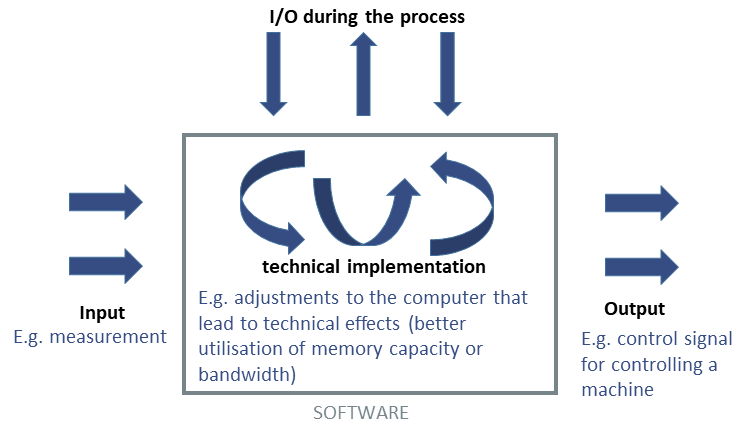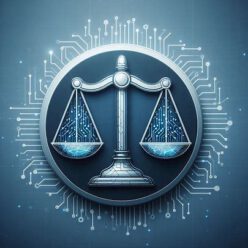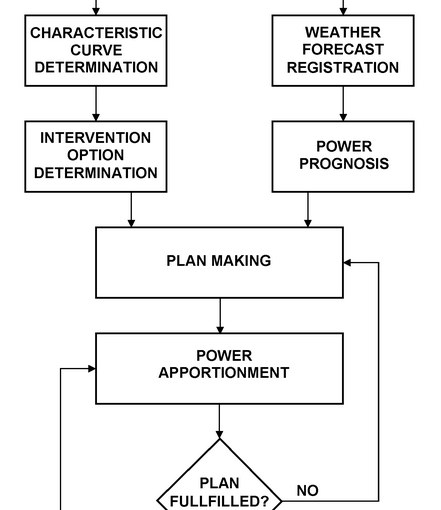In this case, non-technical features were considered by the opponent to be non-technical as such. The Board argued that the whole scope of the claim should be considered. The claimed subject-matter includes the measurement of power and the allocation of power to consumers. The non-technical features interact with this technical subject matter and contribute to its technical character.
Object of the Invention
- Claim 1 differs from the closest prior art (general purpose computer) in that a method is configured how to provide a more accurate control of the power consumption of individual consumers.
Opponent
- Features like “determine characteristic time curves” and “wherein a plan for apportioning electric power is made” do not have a technical character, but rather relate to mere mental acts and therefore are not to be taken into account in the assessment of inventive step.
- In particular, measurements in a 10 second interval could easily be recorded manually by a user and entered in a suitable table.
Board
- When features like “determine characteristic time curves” and “wherein a plan for apportioning electric power is made” are considered in isolation, only involve data processing and simulation aspects.
- However it is a general principle that the question whether a feature contributes to the technical character of the claimed subject-matter is to be assessed in view of the whole scope of the claim.
- The data processing is defined in claim 1 as being based on (real) measurements of consumed electric power in a technical system, resulting in a plan and a prognosis, which does not produce a purely virtual effect.
- Consequently, claim 1 is clearly limited to a technical teaching, involving the specific technical use of the calculated characteristic time curves, plan and prognosis.
- Thus, irrespective of whether features are per se considered to be technical or non-technical in nature, in the overall context of claim 1, they in any case provide a technical contribution to the invention, having technical character as a whole, over the prior art, and are consequently to be taken into account in the assessment of inventive step.
Conclusion
The below figure shows according to G 1/19, point 85 and 86 how and when “technical effects” or “technical interactions” based on inter alia non-technical features may occur in the context of a computer-implemented process (the arrows in the figure above represent interactions and not abstract data). In this decision the software/ non-technical features contribute to the technical character of the invention via the input side and the output side.


